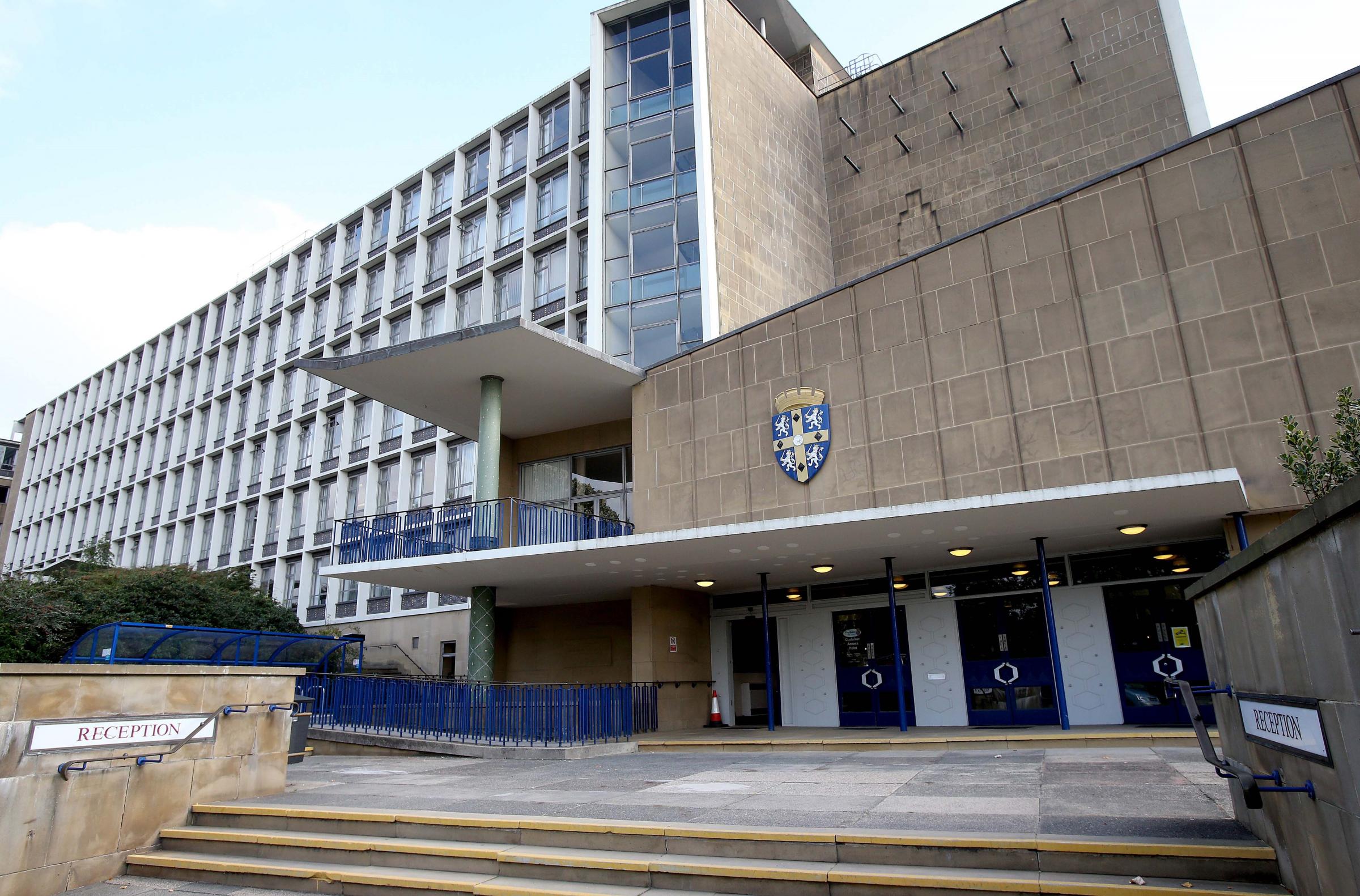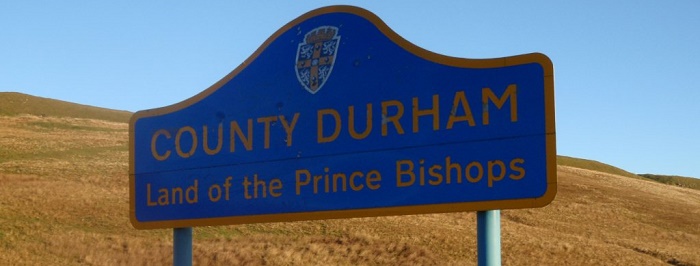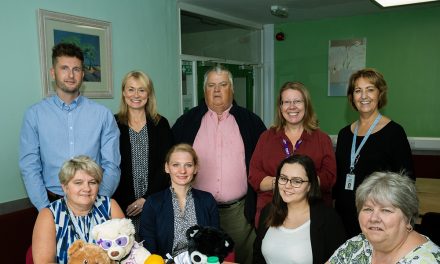Although the weather in the north east has been mixed so far this summer, the region’s NHS is urging those who are travelling to warmer climes to protect their skin from the sun, as well as reminding people that they still need to be careful here in the UK on days when the weather is hot.
Professor Peter Kelly, acting regional director of public health at NHS North East, said: “Research by the Teenage Cancer Trust shows that more than half of young people don’t always apply sun cream on holiday, and almost one in five never cover up with sarongs or long sleeves. Almost half of 16-24 year-olds say they would be disappointed if they returned from holiday abroad without a tan.
“The sun is a risk in the UK too, but one in three young people don’t bother with sun cream at all in this country. Even though the sun isn’t yet at its strongest here in Britain, the UV rays still cause damage to the skin, and every bit of sun damage on increases the chances of skin cancer later in life.
“After a tan has faded, you won’t notice any change in your skin, but make no mistake: that damage is deep in your cells, causing changes which can make cancer develop later on. We want everyone, whatever their age, to be careful in the sun, but educating people about the signs of skin cancer is also important. The ABCD-Easy rules help you check whether a mole or blemish could be the beginnings of a melanoma.
“If you do notice any change in a mole or blemish on your skin, seek advice from your GP in the first instance.”
The ABCD-Easy rules which help identify a melanoma risk are:
Asymmetry – the two halves of the area may differ in shape
Border – the edges of the area may be irregular or blurred, and sometimes show notches
Colour – this may be uneven. Different shades of black, brown and pink may be seen
Diameter – most melanomas are at least 6mm in diameter. Report any change in size, shape or diameter to your doctor
Expert – if in doubt, check it out! If your GP is concerned about your skin, make sure you see a Consultant Dermatologist, the most expert person to diagnose a skin cancer.
This list is not exhaustive, and skin cancers vary, so you should tell your doctor about any changes to your skin even if they are not similar to those mentioned in the ABCD-Easy rules. Changes could be a sign of a different type of skin cancer: a basal cell carcinoma or a squamous cell carcinoma.
To protect your skin and reduce your risk in the sun, in the UK and abroad:
- spend some time in the shade between 11am and 3pm
- wear a sunscreen of at least SPF30 and good UVA protection
- wear sensible clothing such as a long sleeved shirt and a wide-brimmed hat
- never use sunbeds
The British Association of Dermatologists have created a World UV App which helps people to make sure they are taking the right precautions. It helps people to identify their skin type and gives them tailored advice on how best to protect themselves appropriately. You can find out more about protecting your skin at www.bad.org.uk/ or www.nhs.uk/cancer










